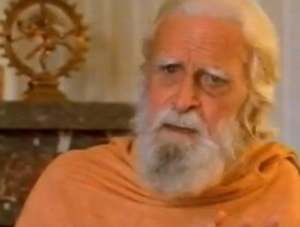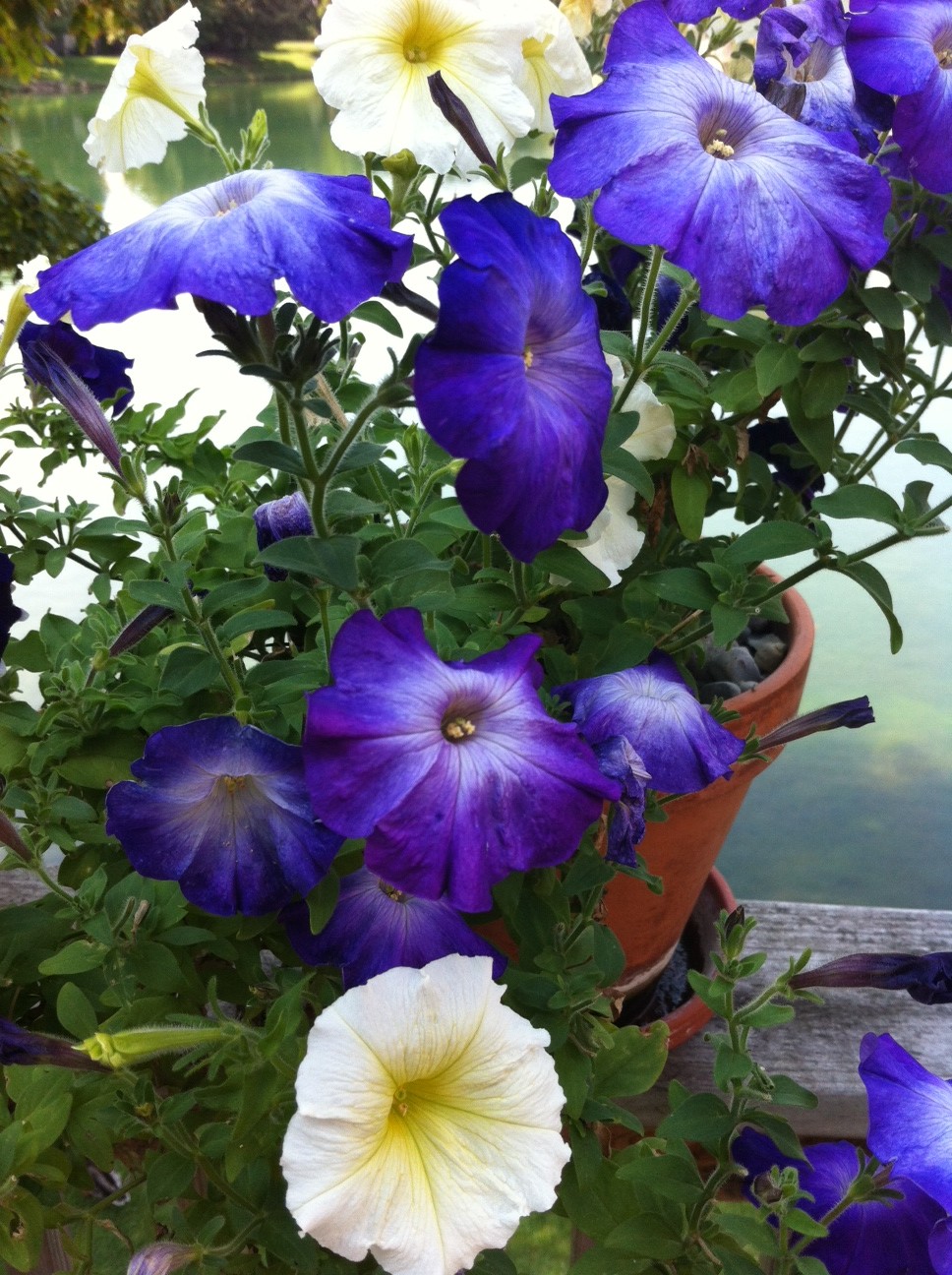 A dear friend of mine recently introduced me to Bede Griffiths, the Benedictine monk who moved to India and opened a dialogue between Christianity and Hinduism. He became known as the “Christian Yogi” and was part of the Christian Ashram Movement.
A dear friend of mine recently introduced me to Bede Griffiths, the Benedictine monk who moved to India and opened a dialogue between Christianity and Hinduism. He became known as the “Christian Yogi” and was part of the Christian Ashram Movement.
Here’s a one-hour documentary on the life of Bede Griffiths:
The Life of Father Bede Griffiths
If you don’t have an hour, here’s a very brief history of Bede from the Wikipedia article about him:
In November 1931, Griffiths went to stay at the Benedictine monastery of Prinknash Abbey where he was impressed by the life. Despite the strong anti-Roman Catholic sentiments of his mother, he was received into the Roman Catholic Church and made his First Communion at Christmas Eve Mass at the abbey.
Griffiths was received by the abbey as a postulant a month after his reception into the Catholic Church. On 29 December 1932, he entered the novitiate and was given the monastic name of “Bede”. He made his solemn profession in 1937 (a year before the death of his mother in a car accident) and was ordained to the Catholic priesthood in 1940.
In 1947 the abbey sent a group of 25 monks to give support to two monasteries in the United Kingdom which had been founded by monks from France. Griffiths was chosen to be the obedientiary prior for the monastery at Farnborough in Hampshire. He led that house for four years, but was unable to generate sufficient financial support to keep the community going. The abbot then sent him to the other monastery, Pluscarden Abbey in Scotland. It was there that he wrote his autobiography.
During Griffiths’ time at Farnborough, he had come to know Father Benedict Alapatt, a European-born monk of Indian descent who was greatly interested in establishing a monastery in his homeland. Griffiths had already been introduced to Eastern thought, yoga and the Vedas and took interest in this proposed project. The abbot at first refused permission. Later, however, he changed his mind and authorised Griffiths to go to India with the Indian member of the community. There was one condition, though, Griffiths was not to be there as a member of the abbey, but as a priest subject to a local bishop, which meant that he would be giving up his vows.
Christian yogi
After some painful inner debate, Griffith agreed to this and, in 1955, he embarked for India with Alapatt.
In today’s world, with divisions among race, gender, economic status, and even religion so profoundly delineated, possessing the wisdom and compassion of Bede Griffiths seems like it would be an “only-love” answer. Opening one’s heart, extending one’s hand, to another religion is undoubtedly tough. One could face ridicule, even outright shunning. Or worse. But unless we begin to make the effort to understand one another — and, more, to love one another — we may not see too many more generations on our planet.
Perhaps one way to make The Only Love Project work in one’s community is to seek out those in another religion and spend time in their shoes. Or temple. Or sangha. Or ashram. Or synagogue. Or church. Until we can worship (or sit contemplatively, quietly) beside a fellow human being, we will never truly know the depths of his soul — or our own.
 My wife has a green thumb. No. I take that back. Her entire body is green. She can magically transform any space — like our balcony — into a haven of wondrous sights and smells.
My wife has a green thumb. No. I take that back. Her entire body is green. She can magically transform any space — like our balcony — into a haven of wondrous sights and smells.


 “Every morning, when we wake up, we have twenty-four brand-new hours to live. What a precious gift! We have the capacity to live in a way that these twenty-four hours will bring peace, joy, and happiness to ourselves and others…we need only to be awake, alive in the present moment.”
“Every morning, when we wake up, we have twenty-four brand-new hours to live. What a precious gift! We have the capacity to live in a way that these twenty-four hours will bring peace, joy, and happiness to ourselves and others…we need only to be awake, alive in the present moment.”